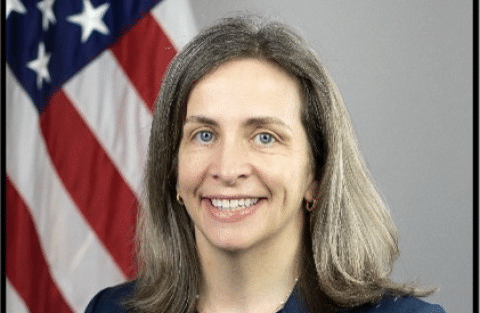DOWNLOAD THE FULL COMMENTARY [PDF]
In a new commentary from the Center on Global Energy Policy, authors Dr. Tim Boersma and Dr. Tatiana Mitrova examine the causes and consequences of transformational changes in global gas markets. First laying out historical gas market dynamics, the authors then explore factors that are driving new shifts away from the old model, including:
–The gradual transformation of natural gas trading from regional to international markets due to new infrastructure development, LNG technology, and new gas supplies around the world.
–The explosion of shale gas production in the United States and the substantial yet under-appreciated beginning of large-scale coal-bed methane development in Australia.
–New standards for contract duration and changing price mechanisms due to shifts away from oil indexation and toward indexations based on various pricing points in the more liquid parts of the world.
–Demand growth headwinds as a result of improved energy efficiency in buildings, industrial processes and electricity generation, ongoing electrification of final energy use, and a structural shift of economic activity from industry towards the service sector.
–Developments in Asian markets and emerging economies which lack natural gas infrastructure.
–How natural gas will compete with growing international demand for clean energy sources.




